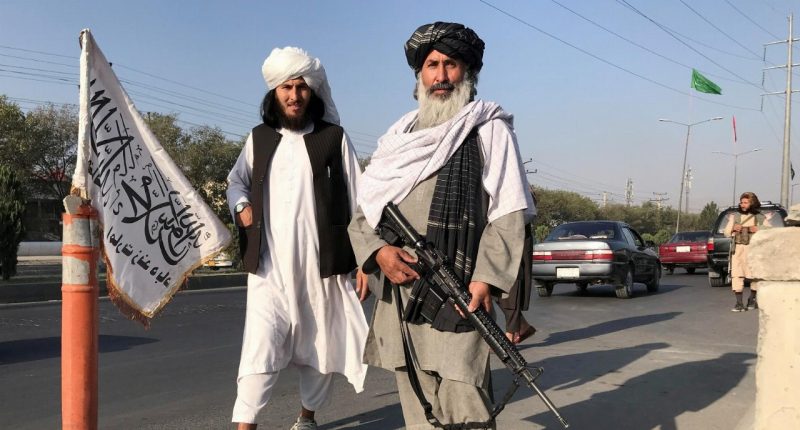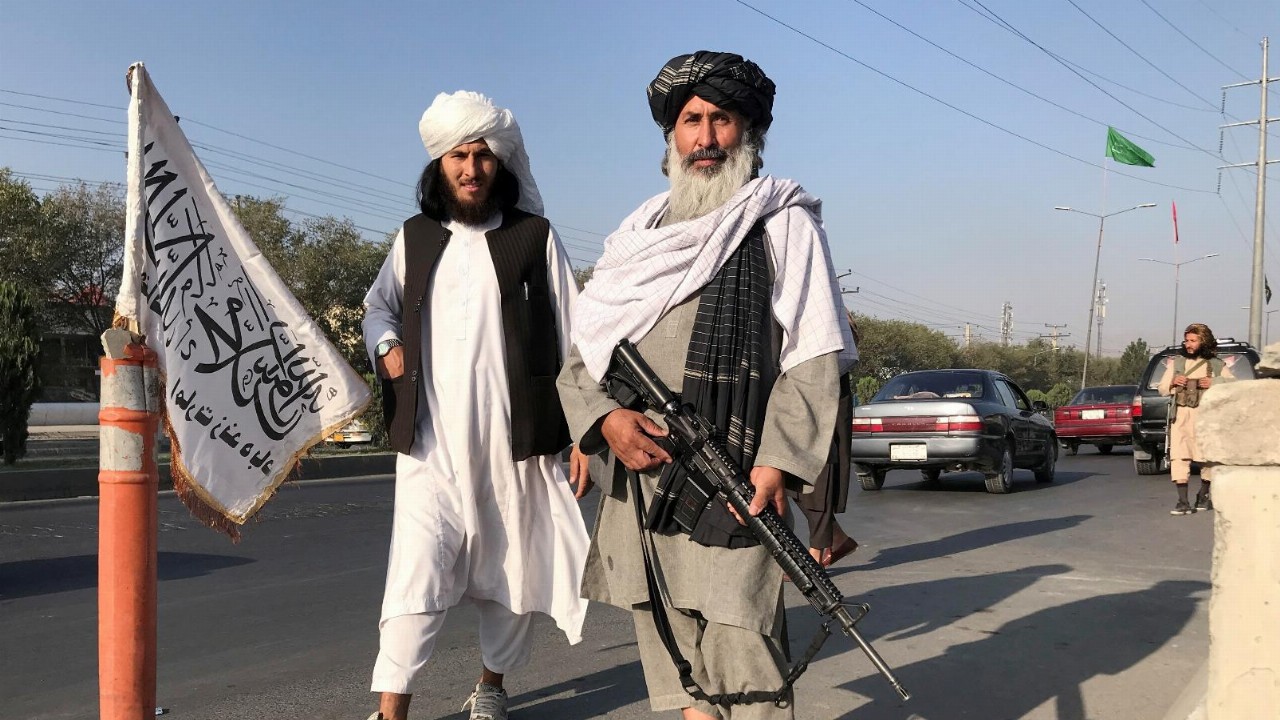- As evacuation efforts continue in Kabul, concerns are growing over the Taliban’s new-found military powers
- As the group advanced, fleeing Afghan security forces left behind weapons and equipment that had been supplied by the US
- Between 2002 and 2017, the US gave the Afghan military around US$28 billion (A$39.19 billion) in weapons and equipment
- Current estimates suggest the Taliban controls 2000 armoured vehicles and up to 40 aircraft
- Additional concerns are growing about the Taliban’s efforts to round up people on a blacklist — those who worked with the previous Afghan administration and US-led forces that supported it
Only a month ago, Afghanistan’s ministry of defence posted photos on social media showing seven new helicopters arriving in Kabul from the US.
“They’ll continue to see a steady drumbeat of that kind of support, going forward,” US Defense Secretary Lloyd Austin told reporters a few days later at the Pentagon.
But in a matter of weeks, the Taliban had seized control across most of the country, along with the weapons and equipment left behind by fleeing Afghan security forces.
A number of videos showed the rapidly advancing group inspecting long lines of vehicles, opening crates of new firearms, communication gear and even military drones.
Large cache of US weapons taken by Taliban in this compound. #Afghanistan pic.twitter.com/F4UYVphh3Q
— FJ (@Natsecjeff) August 13, 2021
“Everything that hasn’t been destroyed is the Taliban’s now,” one US official told Reuters on the condition of anonymity.
US President Joe Biden’s administration is reportedly so concerned about the weapons that a number of options are being considered. Launching airstrikes against the larger equipment, such as helicopters, has not been ruled out, but there are worries that would antagonise the Taliban at a time when Western nations are focused on evacuation people.
According to another official, current intelligence suggests the Taliban control more than 2000 armoured vehicles, including US Humvees, and up to 40 aircraft, potentially including UH-60 Black Hawks, scout attack helicopters and ScanEagle military drones.
“We have already seen Taliban fighters armed with US-made weapons they seized from the Afghan forces,” Republican Representative Michael McCaul said.
“This poses a significant threat to the United States and our allies.”
Between 2002 and 2017, the US gave the Afghan military an estimated US$28 billion (A$39.19 billion) in roughly 600,000 infantry weapons, 16,000 night-vision goggles, 162,000 pieces of communication equipment, and even small drones for intelligence gathering.
US officials said the expectation was that most of the equipment would be used by members of the Taliban themselves. However it was too soon to tell what they planned to do, including potentially sharing the equipment with rival states such as China and Russia.
Concerningly, reports have surfaced about the Taliban’s efforts to round up Afghans on a blacklist — those who worked in key roles with the previous Afghan administration or with US-led forces that supported it.
“The Taliban are intensifying the hunt-down of all individuals and collaborators with the former regime, and if unsuccessful, target and arrest the families and punish them according to their own interpretation of Sharia law,” the report, published on Wednesday and compiled by the RHIPTO Norwegian Centre for Global Analyses, said.
“Particularly at risk are individuals in central positions in military, police and investigative units.”
It comes as The Wall Street Journal reports that around two-dozen Afghanistan-based US diplomats had sent a cable last month warning Secretary of State Anthony Blinken of the potential fall of Kabul to the Taliban as US troops withdrew.
According to the paper, the confidential cable was signed on July 13 and offered recommendations on ways to mitigate the crisis and accelerate an evacuation.
The Biden administration has faced intense criticism this week for leaving efforts to rescue US diplomats — as well as those from other Western nations — until after the Taliban takeover was well underway.








